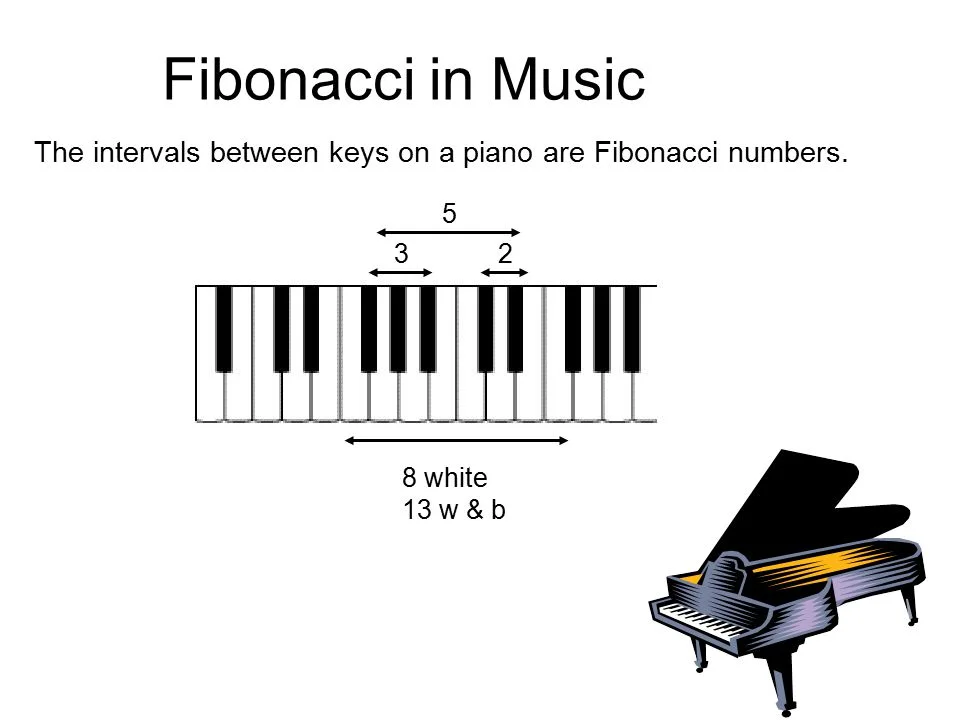The CULTIVATE™ Blog: F I B O N A C C I
/The spark of creativity has been ignited by the beauty surrounding us throughout history. Artists often use an element from nature as a reference or jumping off point for their own work.
The Fibonacci sequence is no different, although it is not well known. The Fibonacci sequence is a set of numbers. Each number is the sum of the two preceding ones, beginning with 0 and 1. 0,1,2,3,5,8,13,21,34,55,89,etc. The Golden Ratio which is very closely related is the ratio of two consecutive Fibonacci numbers (1.61). When applied to patterns that permeates the world surrounding us in various and unexpected ways.
Here are three ways we can observe the Fibonacci number:
Plants.
Sunflowers are a perfect display of fibonacci. The sunflower produces new seeds as it grows. Each seed is produced after a turn. How far does it turn to produce seeds with no gaps between? The Golden Ratio (1.618…) is the best solution for the sunflower. It turns .618 of a rotation each time before producing the next seed. This pattern produces the intricate spiral shape that marks sunflowers.
Spiral Leaf Growth. Leaves, branches, and flower petals often grow in spirals so that the new leaves don’t block the sun from the older leaves. Oftentimes, if a plant spirals, the rotation is a fraction made with two consecutive Fibonacci numbers (½, ⅗, ⅝)
Music
There are 13 notes in the span of any note through its octave
A scale is composed of 8 notes
The 5th and 3rd notes create the basic foundation of all chords
Human Body
The cochlea of the ear is a fibonacci spiral
The human hand is made up of Fibonacci numbers: 3 main parts (wrist, metacarpus, and fingers), and 5 fingers. Each finger is proportioned into the fibonacci ratio allowing for transitory movements.
The body itself is composed of parts according to the Fibonacci numbers: one head, one trunk, two arms, two legs, three bones in each arm and leg, five total appendages, also five appendages on each hand and foot. The human backbone including the skull has 34 bones (8 skull bones, 24 vertebrae, one sacrum and one coccyx.)
The list can go on and on with examples of how the Fibonacci Sequence and the Golden Ratio are found to produce aesthetic and effective process in nature. It’s no wonder that artists have incorporated these numbers in artwork for centuries.
Here are a few famous recognizable pieces of art that incorporates the Fibonacci sequence:
Michelangelo, The Creation of Adam (1508-12). Image:Gary Meisner, thegoldennumber.net.
Raphael’s The School of Athens Image: https://www.goldennumber.net/art-composition-design/
Georges Seurat Bridge of Courbevoie










